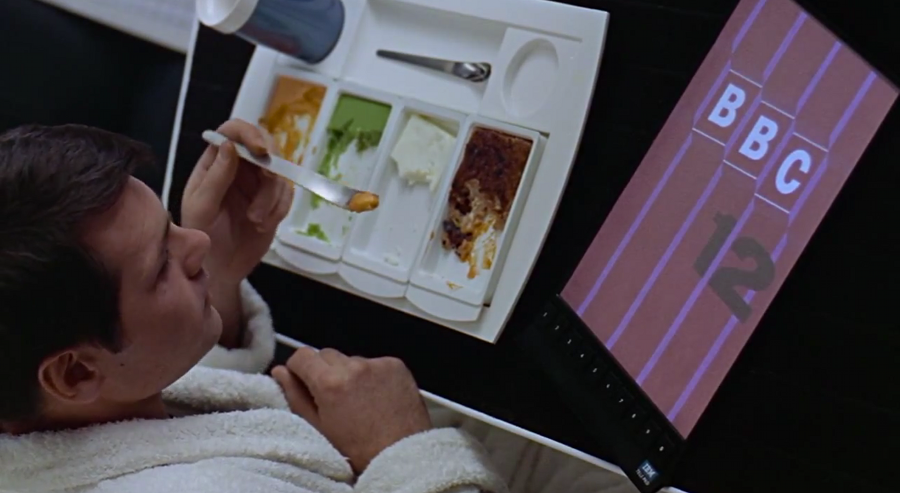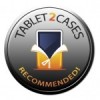The History of Tablets: Science Fiction Becomes Reality
The tablet was an abstract concept built by wishful and inquisitive minds before it ever even came close to existing.
The need for a functional tablet came into conception the moment people could even begin to fathom the concept of a small and portable computer-like device.
Many made attempts at creating it (and inventions similar to it) but tablet-esque devices never fully took off until the timing (and technology) was just right.

From Far Out Idea to Technology Staple
Today tablets are a technology staple in every living room, classroom, and boardroom. But it wasn’t always that way.
While Apple’s iPad (and iPhone before it) famously did away with a stylus, the conception behind a tablet goes back to “pen computing technology”. According to Wikipedia:
The tablet computer and the associated special operating software is an example of pen computing technology, and thus the development of tablets has deep historical roots. The first patent for a system that recognized handwritten characters by analyzing the handwriting motion was granted in 1915.[2] The first publicly demonstrated system using a tablet and handwriting text recognition instead of a keyboard for working with a modern digital computer dates to 1956.[3]
From these humble beginnings, tablets began popping up regularly in popular science fiction stories including, most famously, Stanley Kubrick’s 2001: A Space Odyssey.
In one form or another, tablet-style PC’s were depicted and rehashed again and again through-out the second half of the 20th century as a portable, convenient solution that seemed like a logical “next step” in the evolution or history of tablets.
The First Popular Tablet Attempts
The first of these attempts dates back to 1968 with the Dynabook, a portable device that would give children easy access to digital media (including a typewriter, musical instrument, artist’s easel, and more).
The GRiDPad of 1989 came next, a bulky 10-inch portable computer with enough juice for only 3 hours of battery life (and a hefty price tag of $2,370). This device was followed by other similarly overpriced and underpowered devices.
In 2000, Microsoft introduced their first attempt at a tablet. While it was a step in the right direction, it wasn’t enough to get the general public excited. Bill Gates described the first version of a Post PC era in 1999:
“PCs gave the world a whole new way to work, play and communicate. The PC-plus era will be just as revolutionary. It will take the PC’s power and make it available almost anywhere, on devices that haven’t yet been dreamed up. Given my job, it’s hardly surprising that I’d say this. But I’m betting Microsoft’s future on it.”
Gates was such a fanatic, that he went on to quip, “The tablet is a PC that is virtually without limits – and within five years I predict that it will be the most popular form of PC sold in America.” He went on to describe
Although he was a bit premature on the “5 year” part (tablets didn’t really start taking off until 2010), he couldn’t have been more right about the tablet’s eventual popularity.
Devices like the Compaq TC1000, the Windows XP tablet, and the Motion Computing Tablet PC LS800 all followed Microsoft’s original tablet attempt, but were all too costly and not functional enough to grab the attention of enough people in order for them to really take off.
The iPad’s Breakthrough
That all changed in 2010 when Apple came out with the ultra-sleek and efficient iPad. It was a game-changer in a market that always had tons of potential, but floundered for decades.
The device had everything that others had failed to create properly in the past. It was the right size. It had enough power, space, and battery life. The price tag was reasonable considering the advanced uses of the product. And last but not least, modern tablets also benefit from advanced software that finally empower enough function in a tablet form.
It wasn’t long before companies like Samsung, Sony, and Microsoft came out with similar modern versions, many of which have also made a serious dent in the tablet industry.
Today, the tablet’s place in history is secure.
Because despite how far we’ve come, the world hasn’t even come close to seeing the end of versatility or new innovations in this continually expanding market.
And we’re excited to be a part of what’s next…



